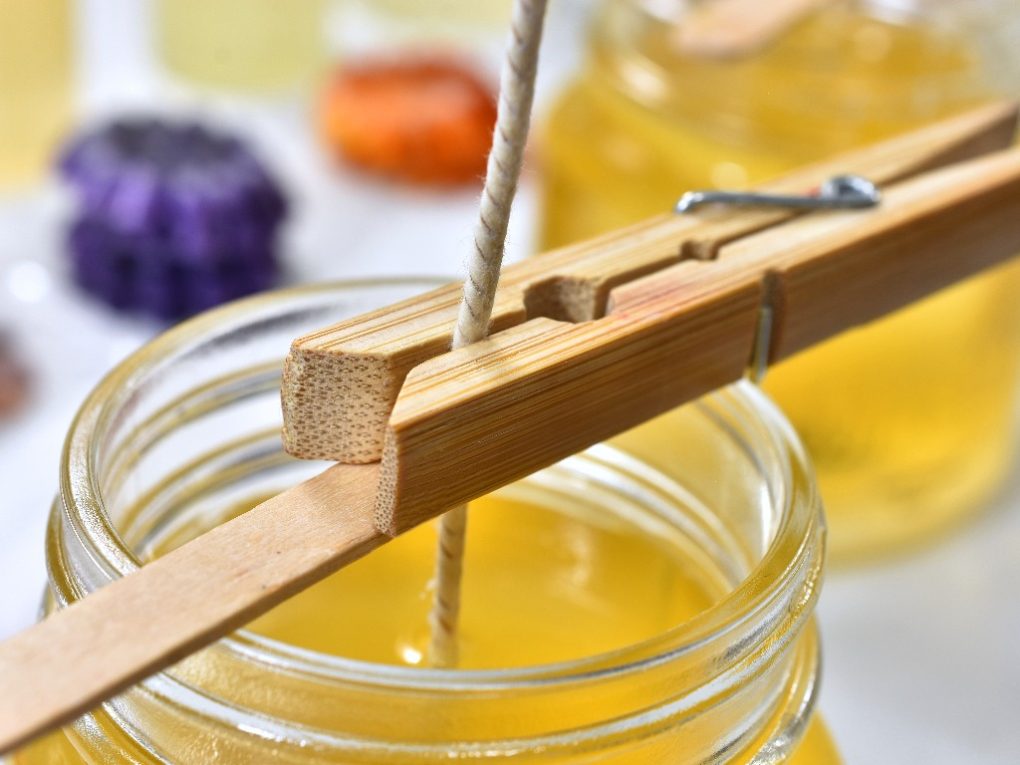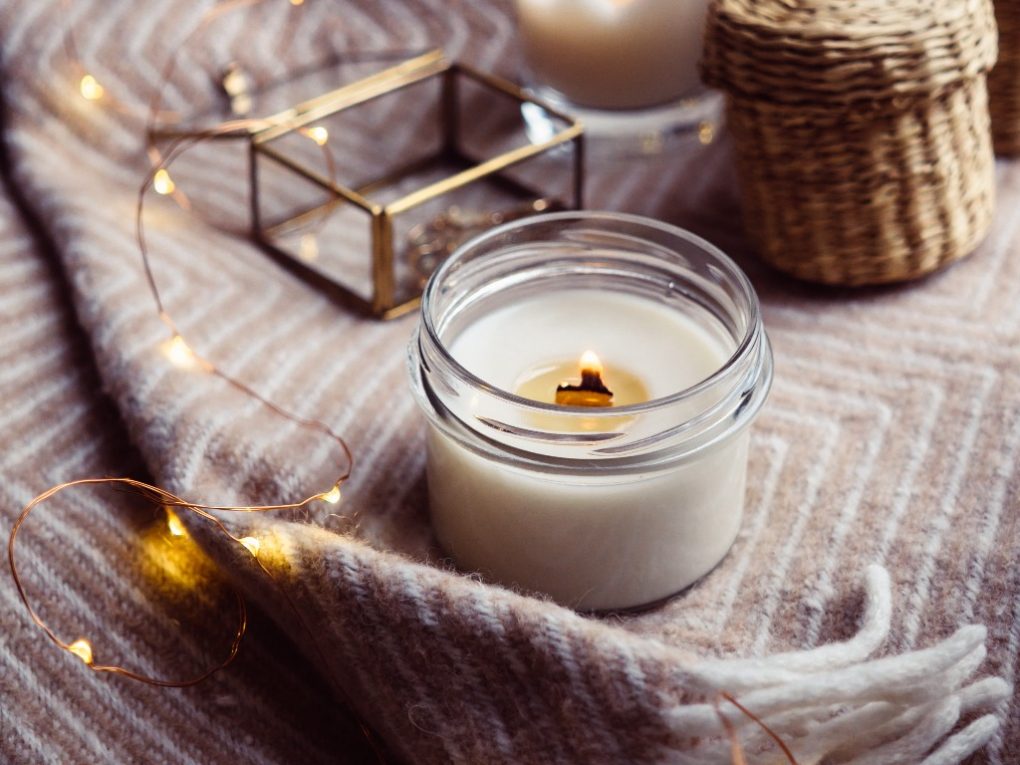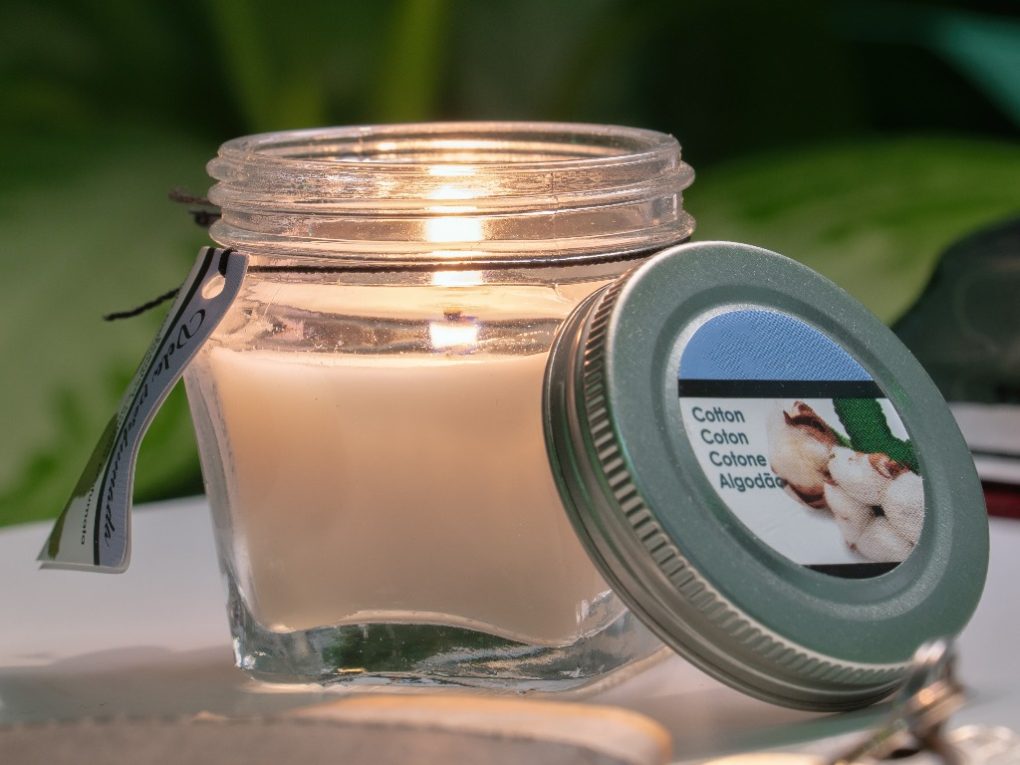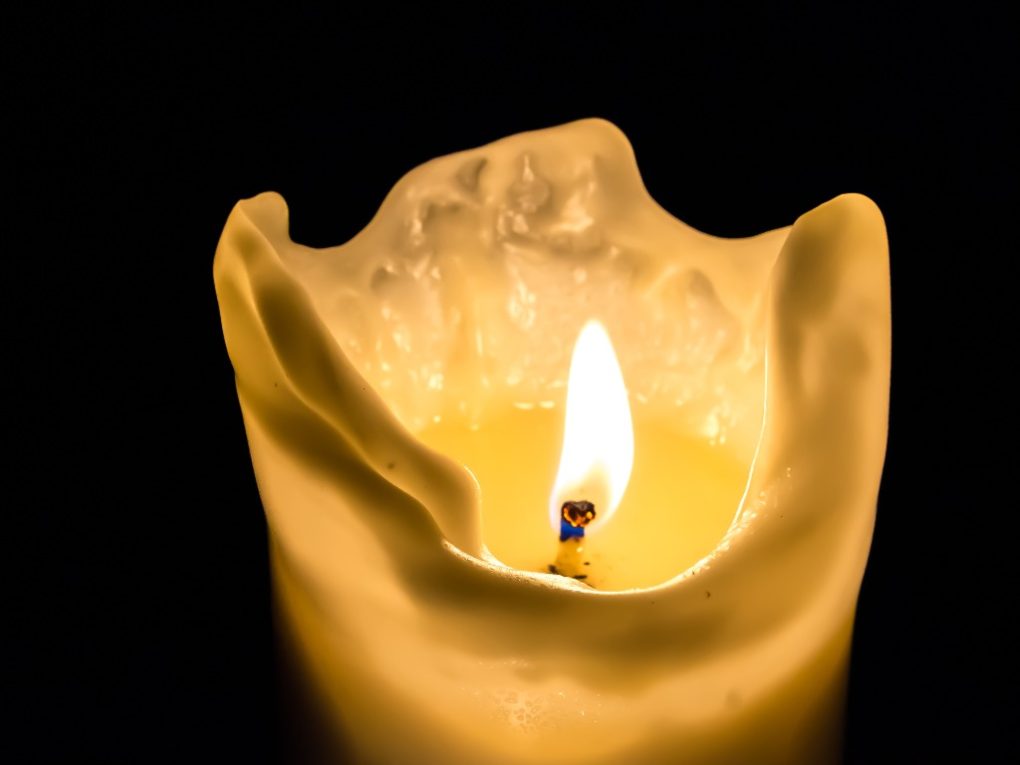Best Wicks for Soy Candle: A Comprehensive Guide to Choosing the Right One
The best wicks for soy candles are cotton wicks, wooden wicks, and paper core wicks. A few factors must be considered when selecting the best wick for a soy candle. First, the wax type, the candle container’s diameter, and the desired burn time are key considerations that can influence the wicked choice. Additionally, the wick material and construction can also play a role in determining the candle’s performance.


With so many options available, it can be challenging to determine the ideal wick for a soy candle. We will explore some of the best wick types for soy candles, their features, and how to select the right one for your candle-making project. Whether you are a seasoned candle maker or a beginner, this guide will help you make informed decisions to create high-quality soy candles that burn evenly and emit a delightful fragrance.
Types of Wicks
Cotton Wicks
Cotton wicks are the most commonly used wicks in soy candles. They are made of braided cotton fibers and are available in different thicknesses. Cotton wicks are easy to use and can be used in different types of containers. They are also affordable and readily available. Cotton wicks come in different types: flat braided, square braided, and twisted.
Flat braided cotton wicks are the most popular type of wick used in soy candles. They are easy to use and provide a consistent burn. Square braided cotton wicks are thicker and provide a larger flame. Twisted cotton wicks are the thinnest and provide a smaller flame.
Wooden Wicks
Wooden wicks are becoming increasingly popular in soy candles, made of wood and available in different sizes and shapes. Wooden wicks provide a unique crackling sound when they burn, which adds to the ambiance of the candle.


They also provide a larger flame than cotton wicks, which makes them ideal for larger containers. Unfortunately, wooden wicks require more attention than cotton wicks, as they need to be trimmed more often and may require a larger wax pool to burn properly.
Paper Core Wicks
According to Northstar Country Candle Co, paper core wicks combine cotton and paper fibers to provide a consistent burn and reduce the amount of soot produced.
Paper core wicks are available in different sizes and provide a larger flame than cotton wicks. They are also easy to use and can be used in different types of containers. Paper core wicks are a good choice for those who want a clean burn and want to avoid dealing with the maintenance of wooden wicks.
Factors to Consider
When choosing the best wick for soy candles, several factors must be considered to ensure your candle burns evenly and cleanly. Here are some of the most important factors to keep in mind:
Candle Size
The size of your candle will play a big role in determining the best wick to use. A larger candle requires a thicker wick to ensure the wax melts evenly and the flame remains stable. Conversely, a smaller candle will require a thinner wick to avoid producing too much heat and burning too quickly. Therefore, it is important to choose a wick that matches the size of your candle to achieve the best results.
Fragrance Load
If you plan to add fragrance to your soy candle, you’ll need to consider its impact on the wick. Based on observation, fragrances can impact how your candle burns and some scents may require a larger wick to ensure that the candle burns evenly. It’s important to test your candle with different fragrance loads to find the right wick size for your specific scent.
Wax Type
The type of wax you use will also play a role in determining the best wick for your soy candle. Soy wax is typically softer than other types of wax, requiring a wick that can create a larger melt pool to ensure that the candle burns evenly. Cotton wicks are a popular choice for soy candles because they are easy to find and provide a clean burn. Hemp wicks can also work well with soy wax, providing a hotter burn and longer-lasting performance.


Testing and Troubleshooting
Burn Testing
Before selling or gifting your soy candles, it’s important to conduct burn tests to ensure that your wick is appropriate for the specific size and shape. This will help to avoid any issues with uneven burning or tunneling. To conduct a burn test, follow these steps:
- Trim the wick to ¼ inch with sharp scissors and light the candle.
- Observe how the candle burns for the first hour. The flame should be stable and not flicker excessively.
- Check the melt pool size. The melt pool should reach the edge of the container within 2-4 hours of burning.
- Observe the candle for the next 3-4 hours. The flame should remain stable and not grow too large.
- Record your observations and adjust the wick size if necessary.
Mushrooming
Mushrooming occurs when the wick burns and creates a carbon buildup that resembles a mushroom shape at the top of the wick. This can lead to excessive soot and poor performance. To prevent mushrooming, choose a wick that is appropriate for the size and shape of your candle, and avoid over-wicking. If you notice mushrooms, trim the wick to ¼ inch and remove any carbon buildup before relighting the candle.


Soot
Soot is a black residue that can accumulate on the container, wick, and surrounding areas when a candle burns. A good tip from me is to prevent soot, choose a wick that is appropriate for the size and shape of your candle, and avoid over-wicking. Keep the candle away from drafts and trim the wick to ¼ inch before each use. If you notice soot, extinguish the candle and allow it to cool before wiping away the residue with a damp cloth.
